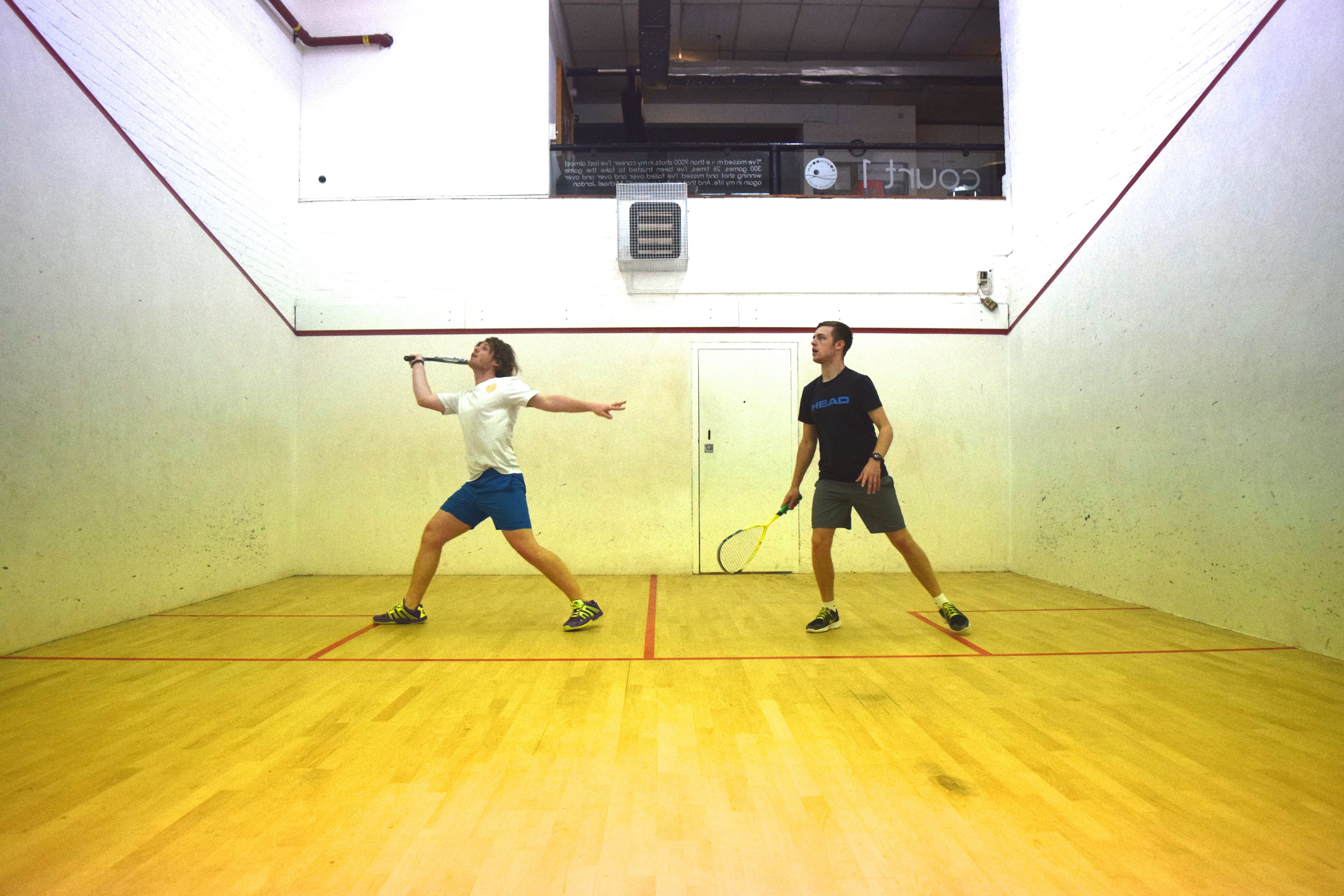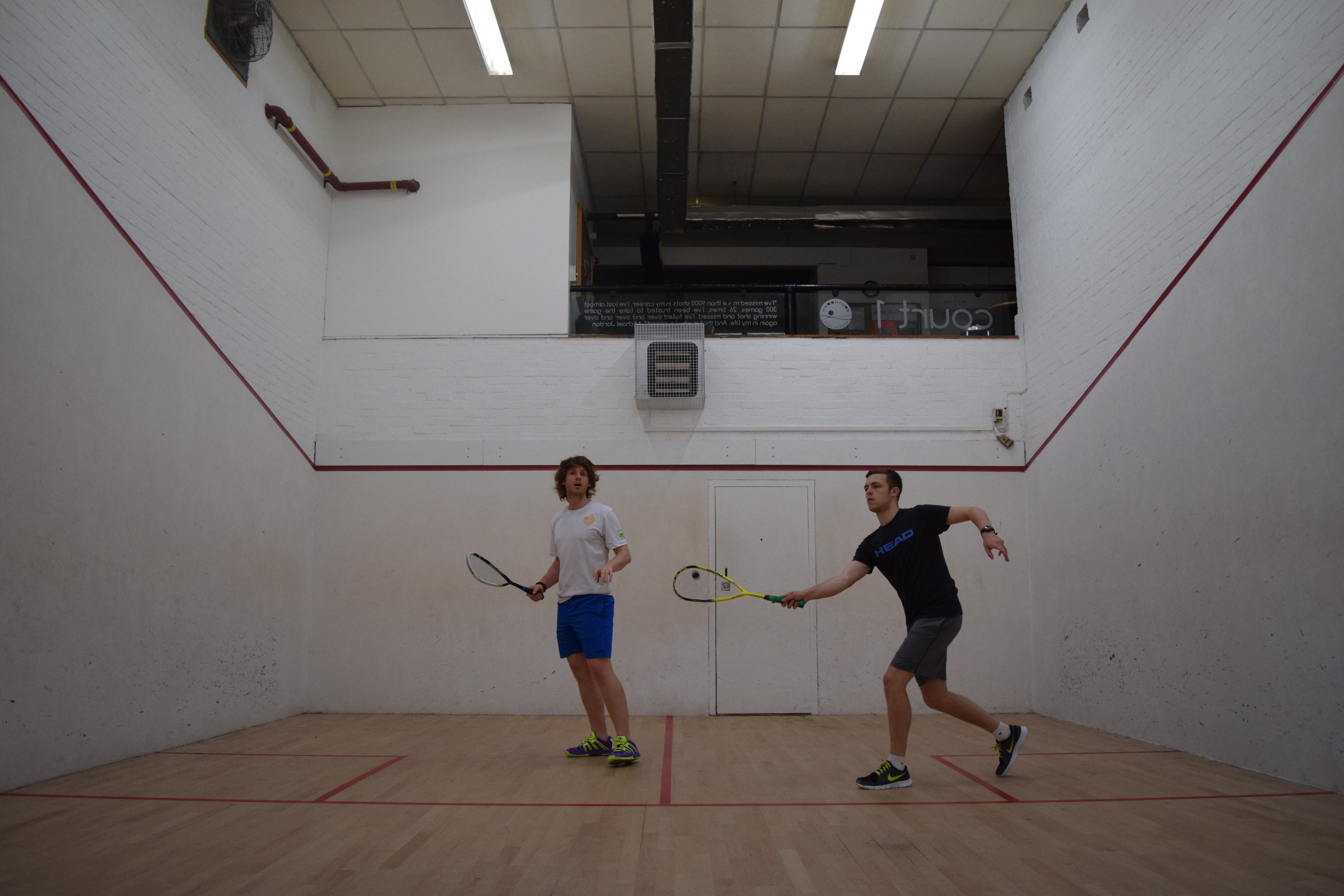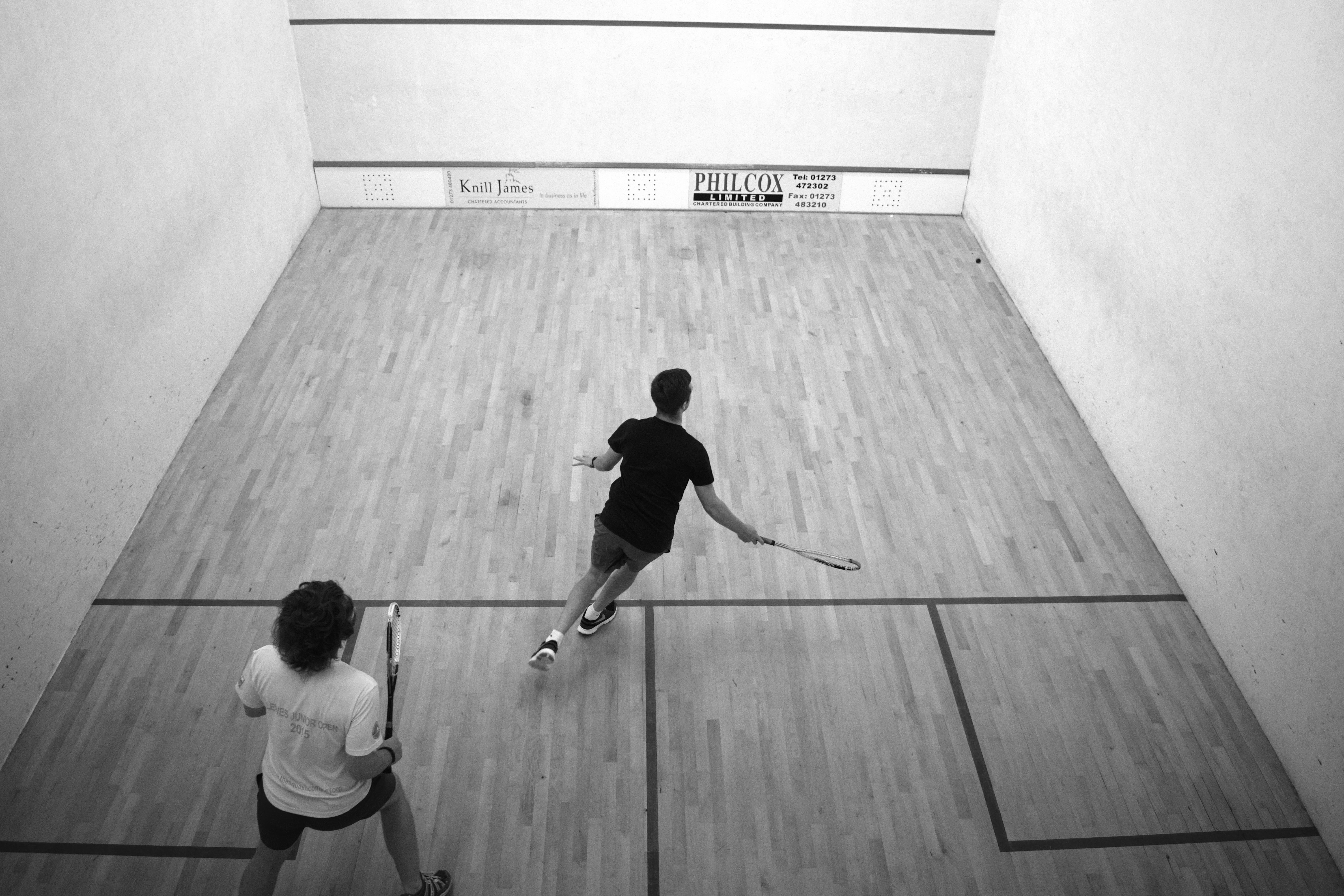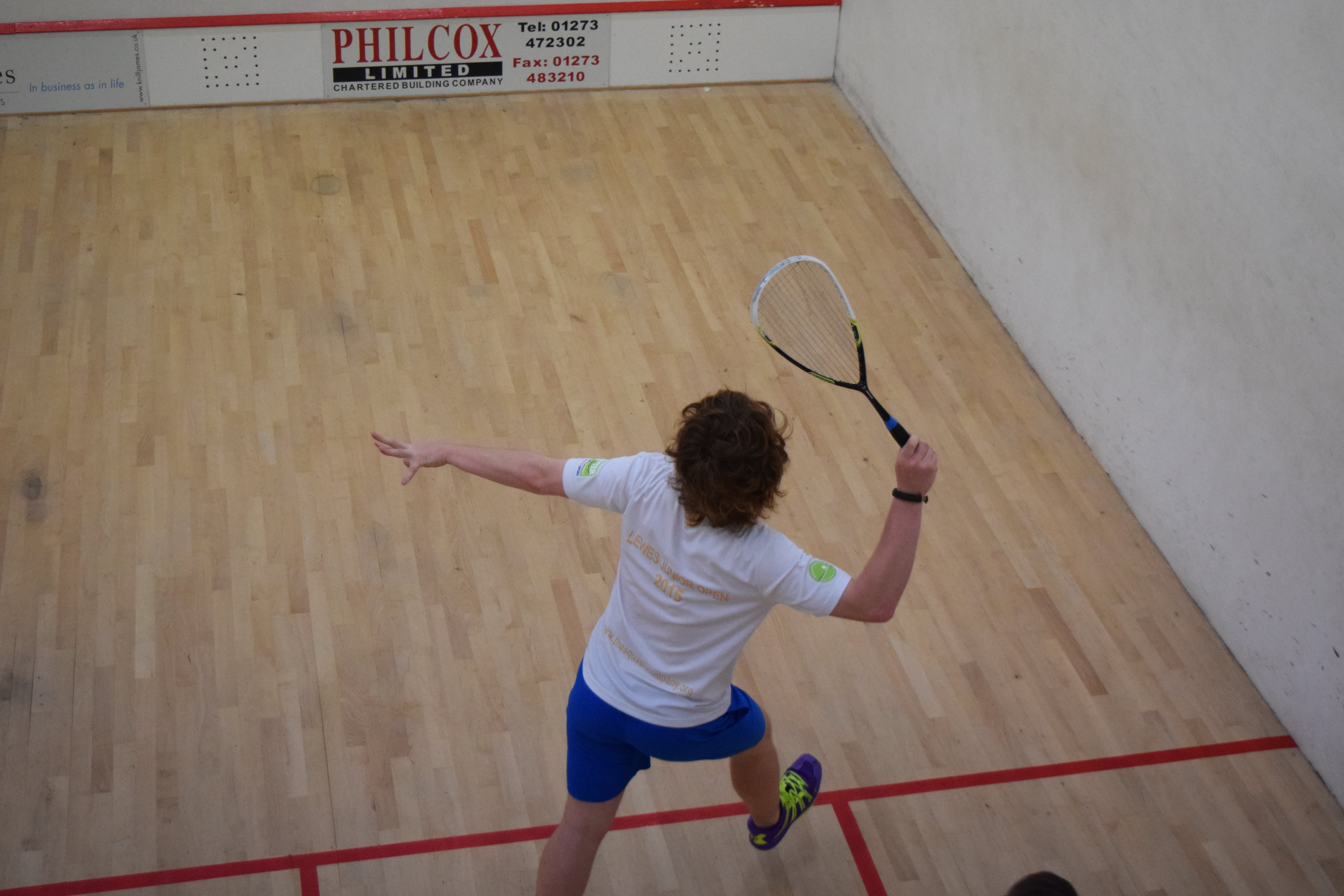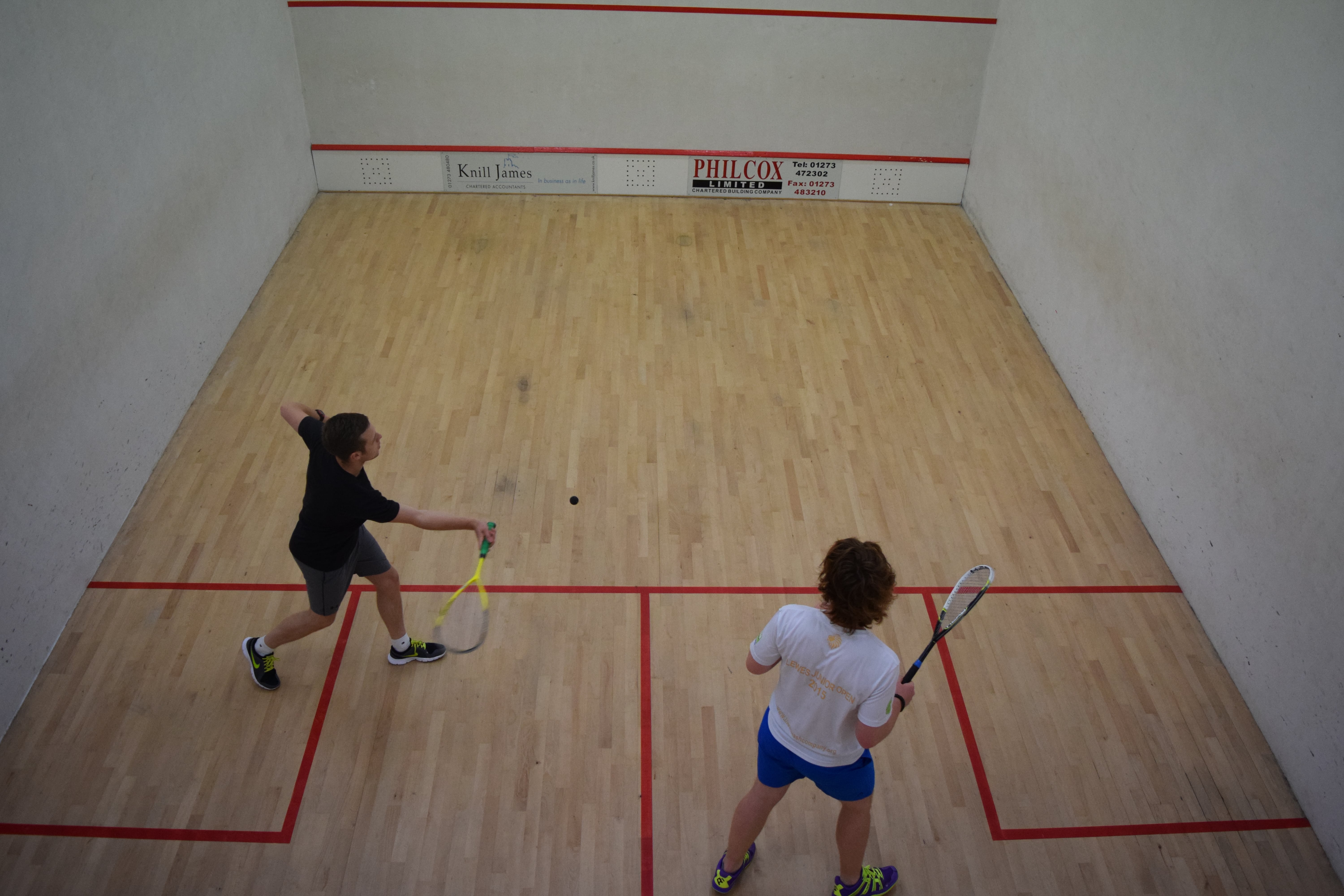Claiming the T-Position at the start of the rally.
A lot of rallies are decided before they’ve really even begun during the serve and return of serve phase.
Most people realise the benefits of volleying an opponent’s serve and most people are able to volley the majority of serves after playing for a while but people don’t always consider what sort of volleys they are playing or where they are hitting the ball too.
Hitting the four corners
It sounds very simple and possibly very boring but most serves should be volleyed into one of the four traditional corners of the court (some have argued for their being eight or more ‘corners’). By volleying the serve into one of these corners, you are forcing your opponent away from the T-Position. When your volley doesn’t reach or go to one of the four corners, it is much easier for your opponent to get to your shot and they will be far more likely to retain the T-Position, which is bad news for you. If you play a loose return or return to the middle, you will likely find yourself under pressure immediately against a stronger player or even that you have lost the rally after the next shot.
Personally, I think the majority of your serve returns should be straight long volleys, as this is the shot that when played well will get you to the T-Position and get your opponent behind you, which is the perfect start to any rally (except for hitting the nick). The cross-court volley and short volley are good return options to use sparingly to catch your opponent out but both need slightly more accuracy or they will sit up nicely for a well placed opponent. The volley lob is a particularly nice option if your opponent plays a high lob serve.
Using boasts or kills
If you go for boasts, kill shots or simply hit an inaccurate shot which ends up anywhere near the middle of the court, you won’t move your opponent away from the T-Position as much. Kills and boasts can be effective returns if you are able to catch your opponent over anticipating and moving to one side of the court very early. This is typically best done on occasion as your opponent won’t be expecting such a shot or if you disguise your intentions well.
Have a good look at your return of serve and see if it is helping you get off to a good start to rallies or if it is actually leaving you vulnerable early in the rally. There are lots of players out there who play well once they get into the rally but often don’t make it that far because their serve or return isn’t of a high enough standard. Don’t be that player – practice and improve your serve and return.
